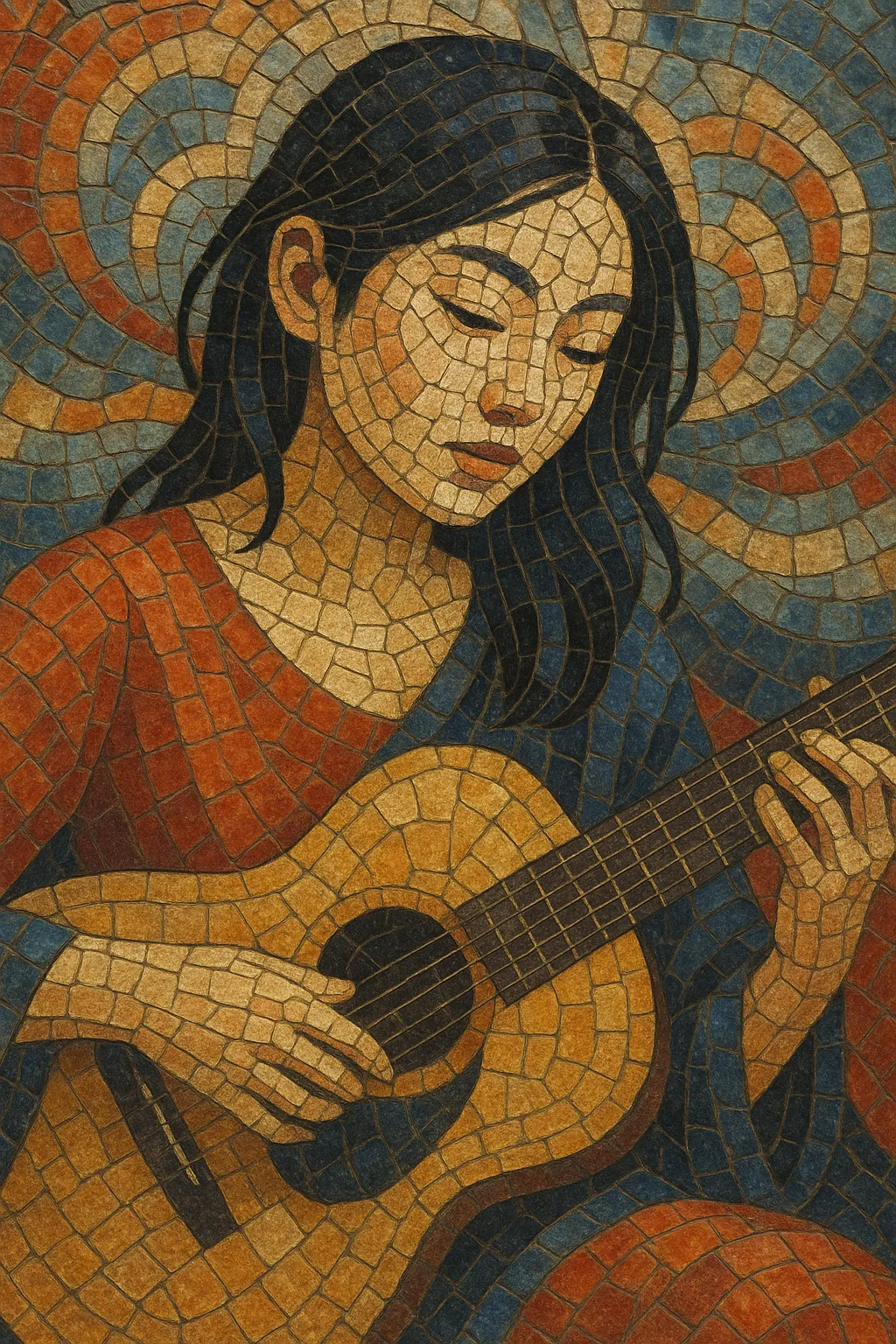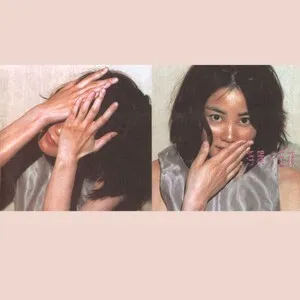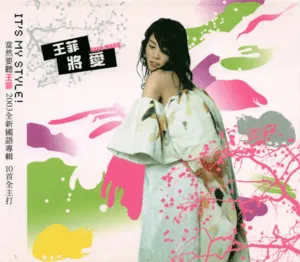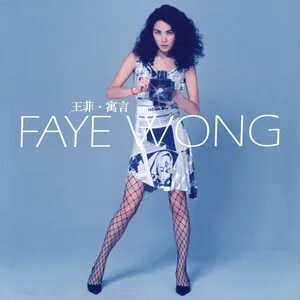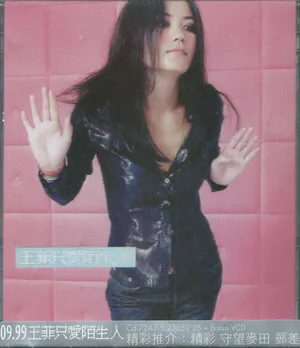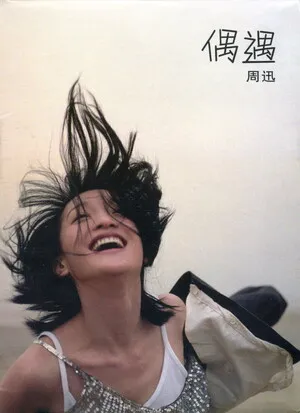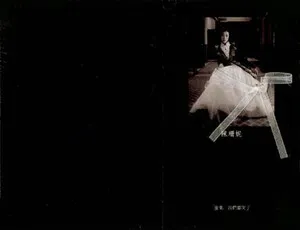Your digging level
Description
Mandopop (Mandarin popular music) is the Mandarin-language branch of Chinese popular music, built on songcraft that blends Western pop forms with Chinese melodic aesthetics and lyric sensibilities.
It favors strong vocal melodies, polished production, and emotionally direct lyrics, ranging from lush romantic ballads to sleek R&B, dance-pop, and band-driven pop-rock. Because Mandarin is a tonal language, phrasing and melodic contour are crafted to respect word tones while remaining singable and memorable.
Historically centered in Shanghai’s pre-war Shidaiqu era, Mandopop later flourished in Taiwan and Hong Kong and now thrives across Mainland China, Singapore, Malaysia, and the global Chinese diaspora. It is both a mass-market mainstream and a platform for singer-songwriters who continually fuse local idioms with global pop trends.
History
Mandopop’s ancestral root is Shidaiqu ("modern song") in 1920s–30s Shanghai, which fused jazz harmonies, foxtrot and tango rhythms, and Chinese melodic phrasing. Film studios and dance halls turned Mandarin songs into national hits, establishing a modern industry of composers, lyricists, and star vocalists.
After the late-1940s political shift in Mainland China, many musicians moved to Hong Kong and Taiwan. Taiwan, with its Mandarin-language media policies, became a core production hub for Mandarin songs. Radio and records linked communities across East and Southeast Asia, keeping Mandarin pop in circulation.
Cassette, CD, karaoke culture, and regional TV stations enabled a boom. Teresa Teng’s tender diction and lyrical ballads set the standard for Mandarin pop singing across Asia. Hong Kong and Taiwanese labels professionalized A&R, while artists began recording in multiple Sinitic languages; Cantopop stars issued Mandarin versions to access the broader market. By the late 1990s, singer-producers like David Tao and Wang Leehom folded R&B and hip-hop into Mandopop, while Jay Chou popularized a moody, rhythm-forward style that reshaped the sound of the 2000s.
With the rise of online platforms and streaming, Mainland China’s market rapidly expanded. Labels and indie imprints coexisted with talent shows that produced new idols. Production incorporated EDM, trap, and acoustic indie-pop textures, while lyrics retained Mandopop’s focus on romance and urban life. Cross-strait collaborations became routine.
Mandopop now spans glossy idol pop, R&B/hip-hop hybrids, band-driven pop-rock, and indie-leaning singer-songwriter work. Mainland platforms (e.g., QQ Music, NetEase Cloud) and short-video apps amplify hits quickly, while Taiwan and Singapore remain important songwriting and production centers. The genre continues to adapt global sounds without losing its Mandarin lyric core and melodic singability.

